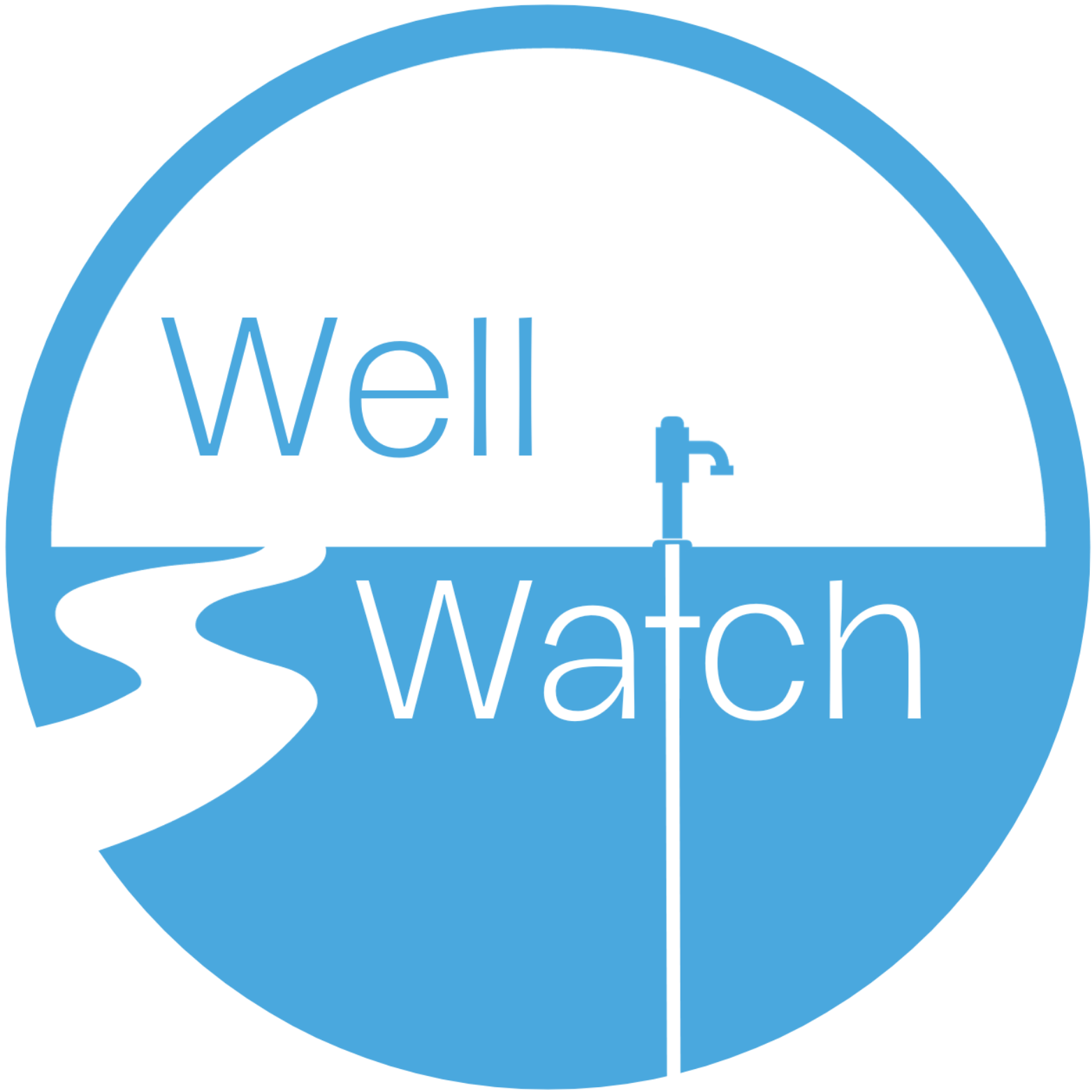The WWP operates in a consistent pattern at the start of every school year. Because we see a new group of students in each grade, we begin the introduction to the WWP from scratch. This introduction process unfolds in six phases.
Watershed Background

Phase I: Introduction to Water Resources
- Students receive an introduction to the idea of groundwater, surface water, and their specific locations.
- Students take a brief pre-assessment about water resources.
Phase II: Hydrogeology
- Students are presented with a groundwater model, which includes explanations about the different layers and how they formed according to Colorado’s geological history
- Students explore geological layers and their relationships with aquifers and surface water.
- The discussion extends to the various uses of water in the local counties.

Water Quality Testing

Phase III – Water Testing Protocol
- Students receive an introduction to their water testing site.
- Students are educated about the equipment used for measuring water depth and the procedure for testing water from the site.
Phase IV – Water Quality Monitoring
- Students receive instructions on why we use the LaMotte water test kits.
- Student teams collaborate to share their findings regarding temperature, dissolved oxygen, pH, nitrate, and phosphate levels.
- Classes collaborate to find the relationship between their water quality and our communities.

Student Action

Phase V – Green Initiatives
- The data collected by students during their testing is subsequently entered into the WWP website database.
- This information can be leveraged to generate more comprehensive questions about hydrology by drawing comparisons between their school and others.
- These comparisons are used to guide students through projects about conservation and sustainability relevant to local water systems.
Phase VI – Watershed Partnerships
- Students are connected to partner organizations to apply their ideas on water resource protection and water resource evolution.
- Students take a post-assessment featuring the same questions as the pre-assessment.
- Monthly well tests and data entry continue, conducted by students under the supervision of their teacher.

Only $5 per Student
Scholarships are available to cover program and bus costs!
Member School Districts of the Poudre Learning Center can participate at no cost to the school!
$8,000 Value
Once you commit to participating in the program, we provide a monitoring well, an estimated $8,000 value, for continuous hands-on learning!
Standards-Based
Our curriculum, created by a licensed educator, covers all necessary standards in our grade bands!
WANT TO KNOW MORE?
